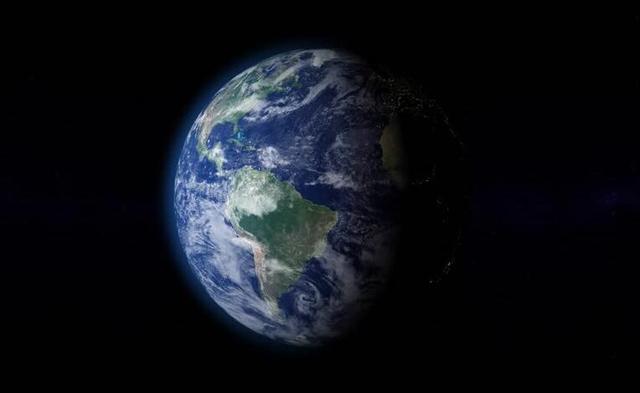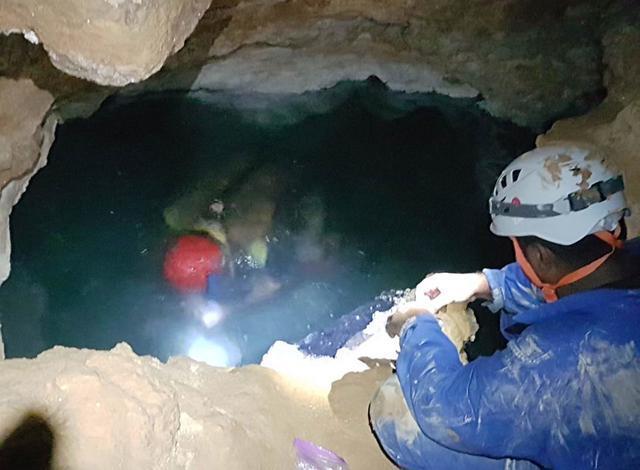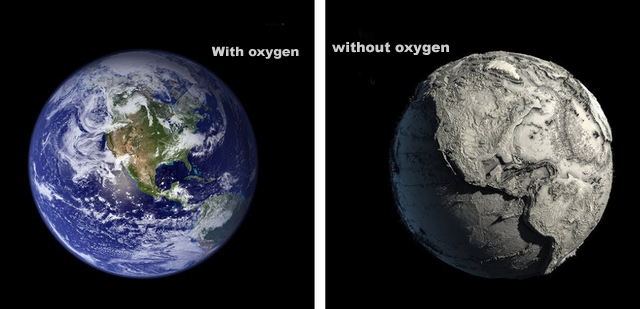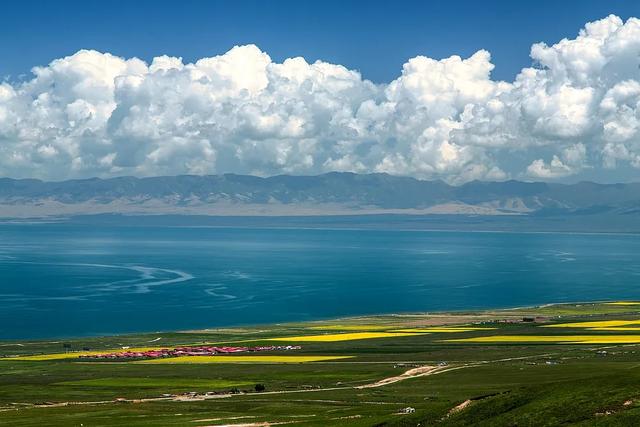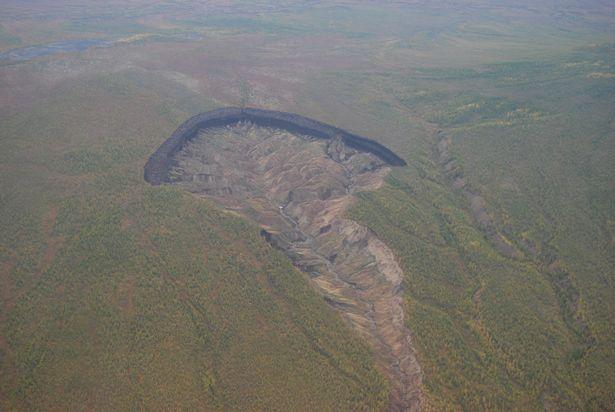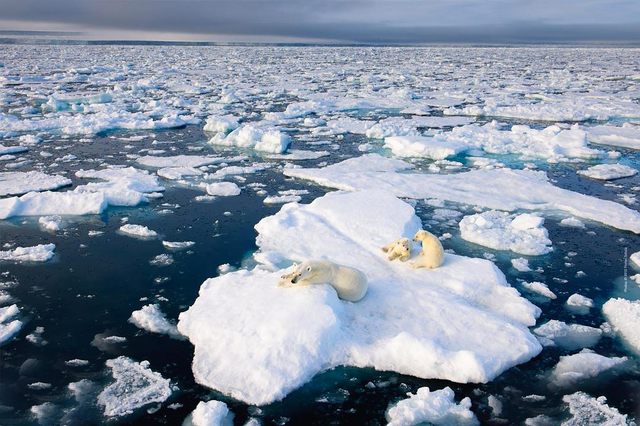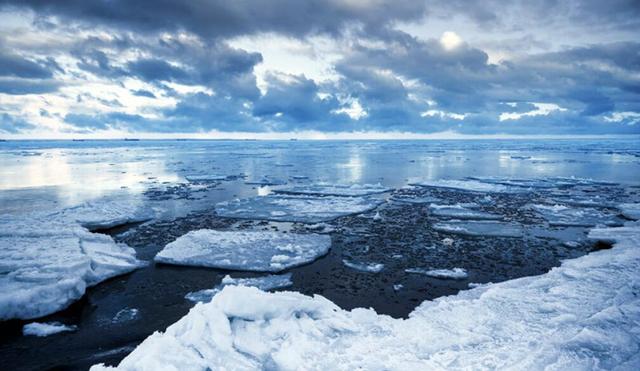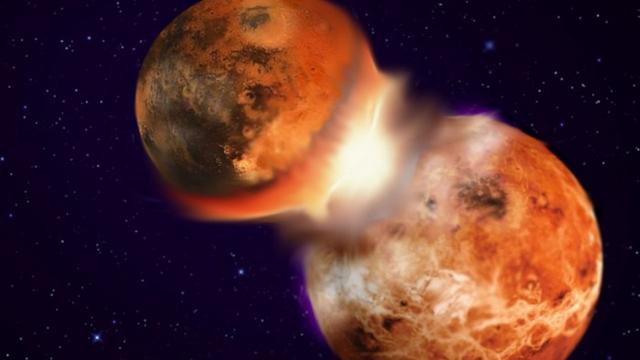The earth has been spinning since its inception and has been doing so for 4.5 billion years now, so why has it not stopped yet? This seems to be a good explanation. According to newton's first law, an object will remain in uniform motion or at rest when it is not affected by external forces, and the earth's rotation in cosmic space encounters minimal resistance, so the earth could have been spinning until now without stopping.
So why did the earth rotate in the first place? Where did the energy come from? This is a bit of a difficult question.
In fact, for a long time in the past, scientists did not understand this question, to which newton also once said: "God kicked the earth, so the earth began to rotate", but this statement was not universally accepted, and as time went on, human technology as well as theories also progressed, and after after years of research, scientists have finally come up with an answer, let's see exactly what happened.

The former solar system is a huge nebula composed mainly of two elements, hydrogen and helium, with a few heavy elements from previous generations of stars. About 4.6 billion years ago, the material in this nebula began to gravitate towards the centre, and a gravitational collapse occurred.
Although the motion of the individual particles in the nebula is haphazard, they all have a common tendency to rotate around the centre of mass of the nebula while moving closer to it, and because their angular momentum cannot cancel out completely, the nebula as a whole has a net angular momentum in one direction or another, in other words, as a whole, the nebula begins to rotate.
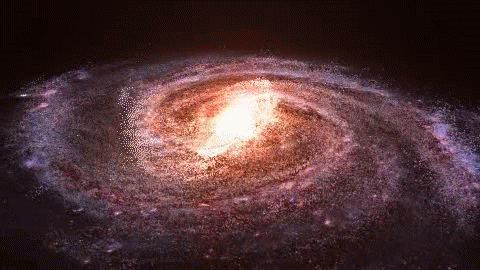
As the collapse process continues, the nebula shrinks in size, and because of the conservation of angular momentum, the nebula spins faster and faster, and then tends to flatten out.
We can simply understand that the matter in a nebula can only rotate stably if it lies on a single plane, avoiding collisions and disturbances, and that a system always tends to be the most stable, so the nebula gradually becomes flat.
The result is that a huge mass of matter is gathered towards the centre of the nebula, and as a result it coalesces into a huge object, which, under its own gravity, forms a high-temperature, high-pressure core inside, and then "Ignites" The fusion reaction of hydrogen, which has been shining brightly in the universe ever since.

Thus the sun was born, and the stellar winds it released blocked the remnants of the nebula, which then began to revolve around the sun, creating a disk-like structure that we call the 'protoplanetary disk'. As the matter in the protoplanetary disk continued to collide and accrete, it snowballed, eventually forming the eight planets in our solar system, of which our planet earth is one.
Due to the conservation of energy, the energy in the universe does not disappear into thin air, so the eight planets inherit the velocity vectors of the matter in the protoplanetary disk, in the form of the sum of the angular and linear velocities of the matter making up the planets, which become the rotational and rotational momentum of the planets as a whole, respectively.
So the eight planets in the solar system all rotate and revolve in the same direction after their formation. If one looks down from the north pole of the sun, all eight planets rotate counterclockwise along their axis of rotation.
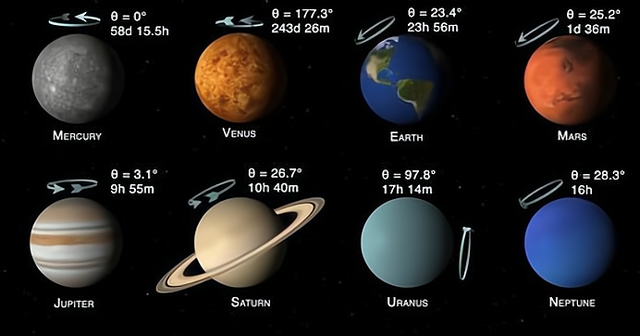
However, the eight planets now have some differences in their rotation states, what is the reason for this? Scientists speculate that this would be the result of celestial collisions. As we can see from the diagram above, venus and uranus have been hit the hardest, with venus being hit in the opposite direction of rotation and uranus being hit directly 'on its back'.
The earth's axis of rotation is also 'crooked', which means that the earth was also violently hit. According to the "Grand collision hypothesis", a mars-sized planet collided with the earth, and scientists believe that this collision had a profound effect on the earth's rotation, in addition to which the "Debris" From the collision was absorbed into orbit around the earth. In addition to this, the 'debris' from the collision also accumulated in orbit around the earth, eventually forming the moon we see today.
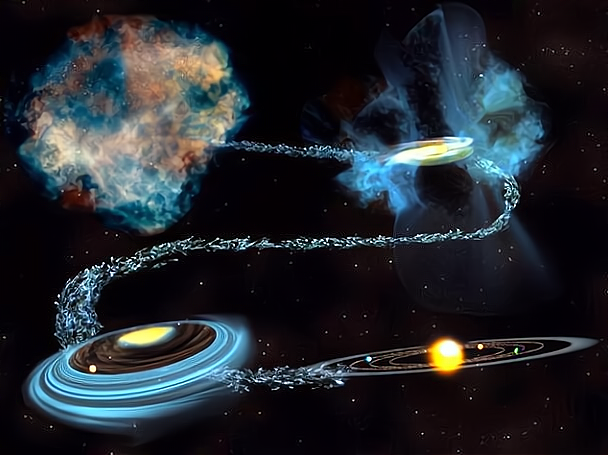
We know how the solar system was formed and we can conclude that the energy that supports the earth's rotation comes from the gravitational potential energy of the nebula that formed the solar system. Because the earth's rotation encounters very little resistance in cosmic space, once the earth starts to spin it simply cannot be stopped, and it has been spinning for 4.5 billion years and will not stop for the foreseeable future.
By the way, the earth's rotation is actually slowing down all the time, and the main cause of this phenomenon is the tidal gravity of the moon and the sun, which, according to this trend, will be tidally locked in tens of billions of years.
But the earth may not be able to wait for that day, because the sun's "Fuel" Is finite, and scientists calculate that in 5 billion years, the sun will run out of "Fuel" And expand into a huge red giant, by which time the earth will probably be swallowed by the sun. The sun will then probably swallow up the earth.

